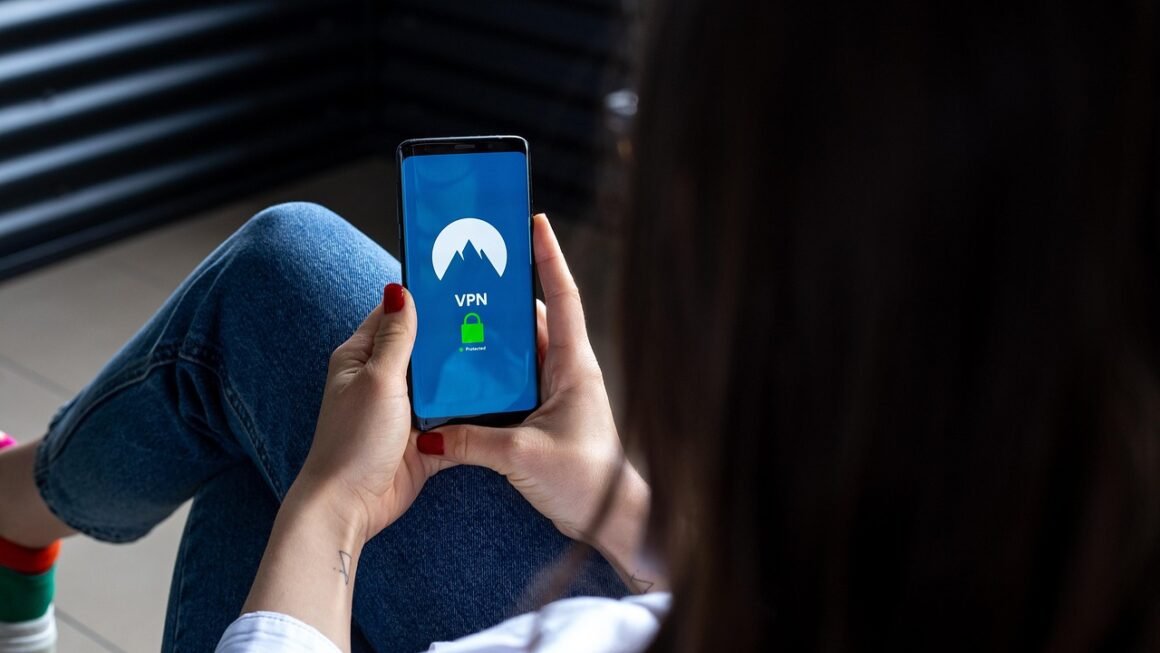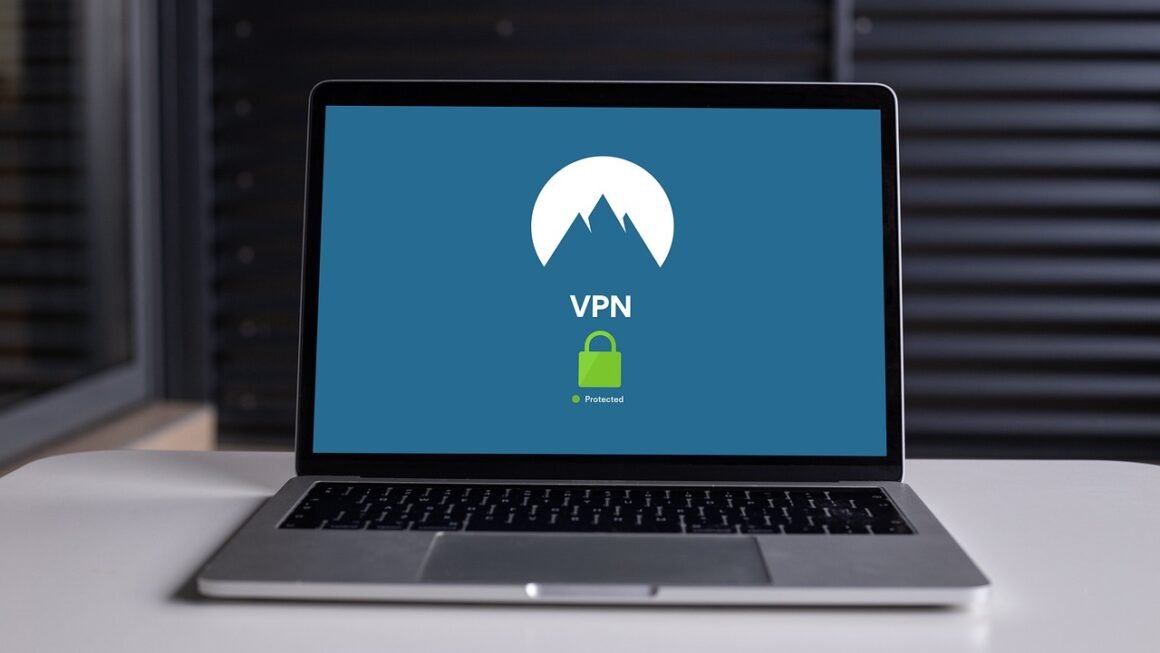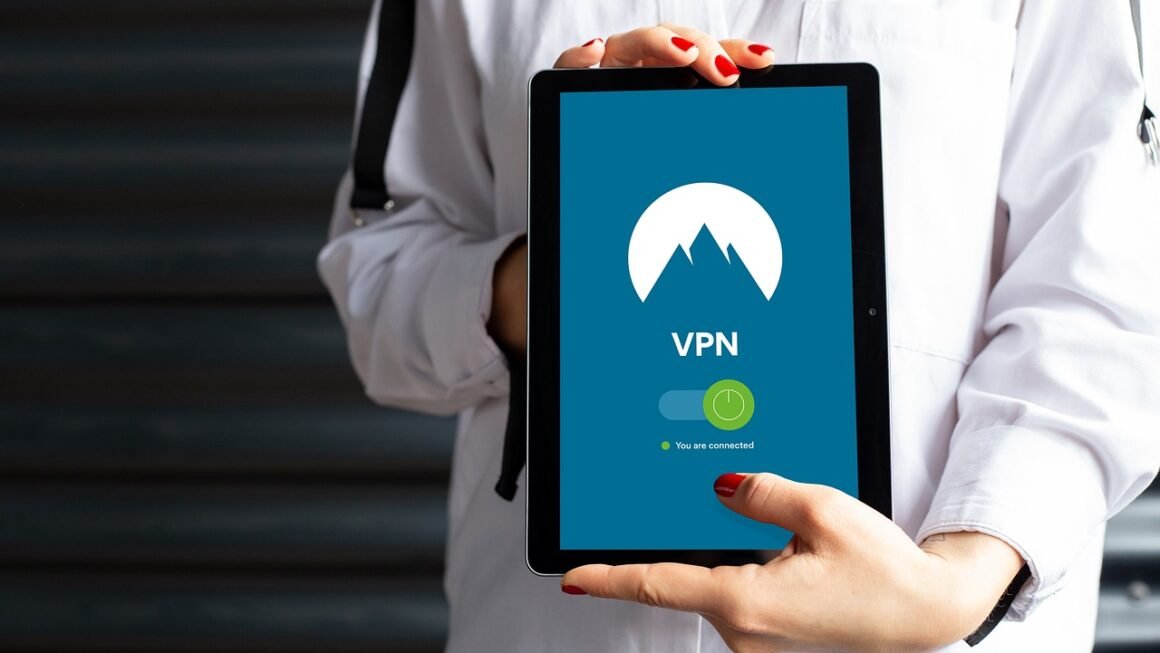Phishing attacks are becoming increasingly sophisticated and prevalent, posing a significant threat to individuals and organizations alike. These deceptive attempts to steal sensitive information can lead to financial losses, identity theft, and reputational damage. Staying informed about the latest phishing tactics and implementing robust security measures are crucial steps in protecting yourself and your data from these malicious actors. This blog post provides a comprehensive overview of phishing, covering various types, detection methods, and preventive strategies to help you stay safe online.
Understanding Phishing Attacks
Phishing, at its core, is a form of cybercrime that uses deceptive methods to trick individuals into revealing sensitive information. Attackers often impersonate legitimate entities, such as banks, government agencies, or popular online services, to gain the trust of their victims.
What is Phishing?
Phishing involves sending fraudulent emails, text messages, or other forms of communication that appear to be from a trusted source. The goal is to lure recipients into clicking on malicious links or providing personal data, such as passwords, credit card numbers, and social security numbers.
- Key Characteristics:
Deceptive Communication: Appears legitimate but is actually fraudulent.
Urgency: Often creates a sense of urgency to prompt immediate action.
Impersonation: Mimics trusted entities to gain credibility.
Data Theft: Aims to steal sensitive personal and financial information.
Types of Phishing Attacks
Phishing attacks come in various forms, each with its own unique characteristics and targets. Understanding these different types can help you better identify and avoid them.
- Email Phishing: The most common type, involving deceptive emails that ask for sensitive information or direct users to malicious websites. Example: An email claiming to be from your bank asking you to verify your account details by clicking on a provided link.
- Spear Phishing: A highly targeted attack aimed at specific individuals or organizations. It involves personalized emails that contain information specific to the target, making it more convincing. Example: An email addressed to a company’s CFO referencing an upcoming merger and including a link to a fake document containing malware.
- Whaling: A type of spear phishing that targets high-profile individuals, such as CEOs or other executives. The goal is to gain access to sensitive corporate information or financial assets. Example: An email to the CEO of a company requesting urgent wire transfer instructions.
- Smishing: Phishing attacks conducted through SMS (text) messages. These messages often contain malicious links or ask for personal information. Example: A text message claiming to be from a delivery service asking you to update your shipping address.
- Vishing: Phishing attacks conducted through phone calls. Attackers impersonate legitimate organizations to trick victims into providing sensitive information. Example: A phone call from someone claiming to be from the IRS threatening legal action if you don’t provide your Social Security number immediately.
- Pharming: A more sophisticated attack that redirects users to fake websites without their knowledge. This is done by compromising DNS servers or modifying the host file on a user’s computer.
Recognizing Phishing Attempts
Being able to identify phishing attempts is crucial for protecting yourself from these attacks. Pay attention to the following red flags.
Common Red Flags
- Suspicious Sender Address: Check the sender’s email address carefully. Phishing emails often come from addresses that are slightly different from the legitimate organization’s address. Example: instead of “support@bankofamerica.com,” it might be “support@bankofamerica.biz.”
- Generic Greetings: Phishing emails often use generic greetings like “Dear Customer” instead of addressing you by name.
- Urgent Requests: Phishing emails often create a sense of urgency, demanding immediate action. Example: “Your account will be suspended if you don’t update your information within 24 hours.”
- Grammar and Spelling Errors: Phishing emails often contain grammatical errors and typos, which are uncharacteristic of legitimate communications from professional organizations.
- Suspicious Links: Be wary of links in emails, especially if they don’t match the domain of the supposed sender. Hover over the link to see where it leads before clicking.
- Requests for Personal Information: Legitimate organizations typically do not ask for sensitive information, such as passwords or credit card numbers, via email.
- Unsolicited Communications: Be suspicious of unsolicited emails or messages, especially if they offer something too good to be true.
Practical Examples
- Example 1: Fake Invoice Scam: You receive an email with an attached invoice from a company you’ve never done business with. The email asks you to review the invoice and pay immediately. This is likely a phishing attempt to trick you into downloading malware or providing payment information.
- Example 2: Account Verification Scam: You receive an email claiming to be from your bank, asking you to verify your account details by clicking on a link. The link leads to a fake website that looks like your bank’s website but is designed to steal your login credentials.
- Example 3: Package Delivery Scam: You receive a text message claiming to be from a delivery service, stating that there’s a problem with your package delivery and asking you to update your shipping address by clicking on a link. The link leads to a fake website that steals your personal information.
Protecting Yourself from Phishing
Taking proactive steps to protect yourself from phishing attacks can significantly reduce your risk.
Best Practices
- Verify Sender Identity: Always verify the sender’s identity before clicking on any links or providing any personal information. Contact the organization directly using a known phone number or website.
- Use Strong, Unique Passwords: Use strong, unique passwords for all of your online accounts. Avoid using the same password for multiple accounts.
- Enable Multi-Factor Authentication (MFA): Enable MFA whenever possible. MFA adds an extra layer of security by requiring a second form of verification, such as a code sent to your phone, in addition to your password.
- Keep Your Software Updated: Keep your operating system, web browser, and antivirus software up to date. Software updates often include security patches that protect against the latest phishing threats.
- Be Wary of Suspicious Links: Hover over links to see where they lead before clicking. If a link looks suspicious, do not click on it.
- Educate Yourself and Others: Stay informed about the latest phishing tactics and share your knowledge with friends, family, and colleagues.
- Report Phishing Attempts: Report phishing attempts to the relevant authorities, such as the Federal Trade Commission (FTC) or your local law enforcement agency.
Technical Measures
- Install and Maintain Antivirus Software: Antivirus software can detect and block phishing websites and malware.
- Use a Firewall: A firewall can help protect your computer from unauthorized access.
- Enable Browser Security Settings: Web browsers offer security settings that can help protect you from phishing websites. Make sure these settings are enabled.
- Use a Virtual Private Network (VPN): A VPN encrypts your internet traffic and can help protect your privacy when using public Wi-Fi networks.
What to Do if You’ve Been Phished
If you suspect you’ve been a victim of a phishing attack, take immediate action to minimize the damage.
Immediate Steps
- Change Your Passwords: Immediately change the passwords for all of your online accounts, especially those that may have been compromised.
- Contact Your Bank and Credit Card Companies: Notify your bank and credit card companies about the potential fraud.
- Monitor Your Accounts: Monitor your bank accounts, credit reports, and other financial accounts for any unauthorized activity.
- Report the Incident: Report the incident to the relevant authorities, such as the FTC or your local law enforcement agency.
- Scan Your Computer for Malware: Run a full scan of your computer with your antivirus software to detect and remove any malware.
- Place a Fraud Alert on Your Credit Report: Contact one of the three major credit bureaus (Equifax, Experian, TransUnion) and place a fraud alert on your credit report.
Long-Term Recovery
- Continue Monitoring Your Accounts: Continue to monitor your accounts for any signs of identity theft or fraud.
- Consider Identity Theft Protection Services: Consider enrolling in an identity theft protection service to help monitor your credit and personal information.
- Learn from the Experience: Analyze the phishing attack to identify what went wrong and how you can prevent similar attacks in the future.
Conclusion
Phishing attacks pose a significant threat in today’s digital landscape, but by understanding the tactics used by cybercriminals and implementing proactive security measures, you can significantly reduce your risk. Stay vigilant, stay informed, and always think before you click. Education and awareness are your best defenses against becoming a victim of phishing. Remember, when in doubt, err on the side of caution and verify the legitimacy of any suspicious communication directly with the source.



